Beat Indoor Pollution with Power Plants: Best Home-Friendly Greens for Delhi’s Air Crisis
Indoor plants act as natural air purifiers, helping reduce toxins, VOCs, and dust—especially useful during Delhi’s severe pollution levels. Plants like snake plant, spider plant, aloe vera, peace lily, and areca palm improve air quality, add humidity, and support respiratory comfort. While not a substitute for air purifiers, they create a cleaner, fresher, and healthier indoor environment, enhancing overall well-being naturally.
OVERALL HEALTH AND WELLNESS
11/19/20253 min read
Delhi’s pollution levels swing from unhealthy to hazardous — and during such times, even staying indoors isn’t fully safe. Indoor air often contains PM2.5, toxins, VOCs (Volatile Organic Compounds) from furniture, paint, cleaning agents, and stale indoor air.
But there is a natural way to improve your indoor air quality…
Indoor plants that purify, detoxify, humidify, and support respiratory wellness.
Plants may not “solve” pollution entirely, but research shows they absorb harmful chemicals, release oxygen, and improve overall air freshness and psychological well-being.
Here’s your guide to the best indoor plants to fight pollution, especially for Delhi residents.
1. Spider Plant (Chlorophytum comosum)
Best for: Removing carbon monoxide (CO), benzene, and formaldehyde.
Ideal placement:
Bedroom, living room, office desk.
Why it works:
Extremely hardy and grows quickly
Non-toxic to pets
Produces oxygen even in low light
Bonus: Great for people with dust allergies
2. Peace Lily (Spathiphyllum)
Best for: VOC removal — benzene, acetone, trichloroethylene.
Ideal placement: Living room or work-from-home setup.
Why it works:
One of NASA’s top-rated air purifiers
Adds humidity to the air — helpful for dry polluted
winters
Note: Slightly toxic to pets if consumed.
3. Snake Plant (Sansevieria trifasciata)
Best for: Night-time oxygen production + removing formaldehyde & toluene.
Ideal placement: Bedroom (unique night-time oxygen release).
Why it works:
Survives with minimal care
Filters indoor smoke and stale air
Perfect for: People with busy schedules.
4. Areca Palm (Dypsis lutescens)
Best for: Humidifying + removing airborne toxins.
Ideal placement: Living room corners, hallways.
Why it works:
Acts as a natural humidifier, balancing Delhi’s
winter dryness
Excellent at absorbing CO2 and releasing oxygen
Health Benefit: Eases dry skin, throat irritation & sinus
issues in polluted seasons.
5. Aloe Vera
Best for: Formaldehyde, benzene, VOCs, and mold spores.
Ideal placement: sunny window areas.
Why it works:
Releases oxygen at night
Also doubles as a medicinal plant
Cleaner air + skincare in one plant.
6. Bamboo Palm (Chamaedorea seifrizii)
Best for: Filtering benzene and trichloroethylene from air.
Ideal placement: Large indoor spaces.
Why it works:
NASA-approved purifier
Aesthetic addition to home décor
Natural humidifier
7. Boston Fern
Best for: Removing formaldehyde and indoor dust.
Ideal placement: Bathrooms (likes moisture).
Why it works:
Highly effective at absorbing toxins
Creates a fresh, lush indoor vibe
How Many Plants Do You Need for Cleaner Air?
According to NASA guidelines:
1 plant per 80–100 sq. ft is ideal for noticeable air quality improvement.
For a 2BHK home → 8–12 indoor plants.
Health Benefits of Indoor Plants in Pollution Season
Indoor plants can help you with:
Reduced irritation in eyes, nose, and throat
Fewer headaches due to fewer VOCs
Better sleep due to oxygen-rich air
Moisture balance → reduced dry skin & sinus irritation
Improved mental well-being and reduced stress
How to Maintain Indoor Plants During High Pollution Season
Wipe leaves weekly to keep pores open
Ensure proper sunlight (indirect or filtered)
Avoid overwatering — causes root rot
Use organic manure every 25–30 days
Rotate plants every 10–15 days for uniform growth
Final Words
Indoor plants are not a replacement for air purifiers, but they are a powerful natural support system that improves your indoor environment, enhances well-being, and brings calmness into your home — especially crucial during Delhi’s severe pollution spikes.
At DeepNutricare & Wellness, we believe in holistic wellness, where nutrition, environment, and lifestyle all work together to support your health.
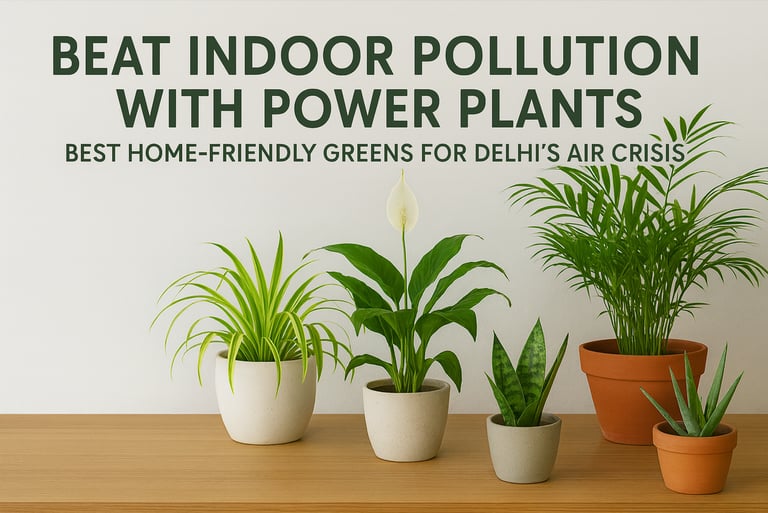


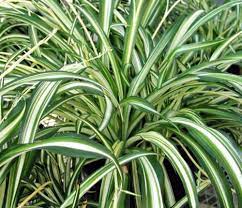
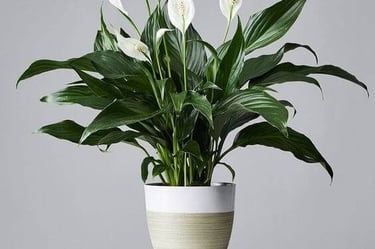

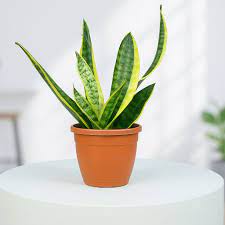


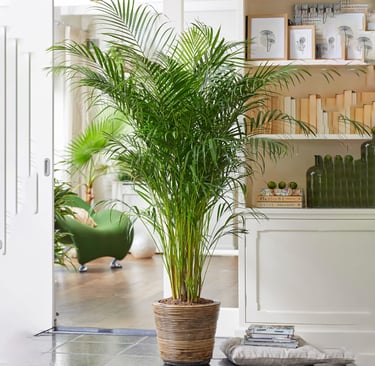
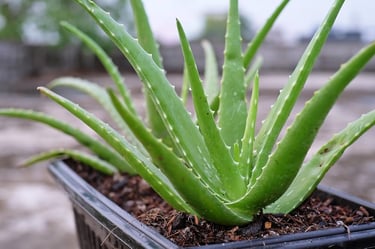


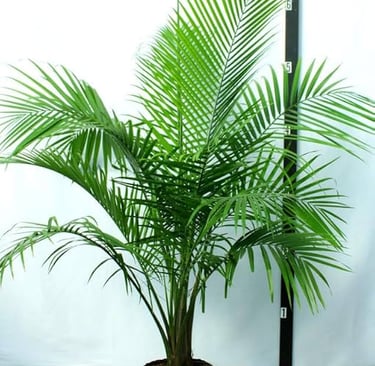


DeepNutricare & Wellness
Your Trusted Health Partner
dnutricare@gmail.com
9205232987
© 2025. All rights reserved.
Follow Us
Policies
Contact us:
Get in Touch
Quick Links
